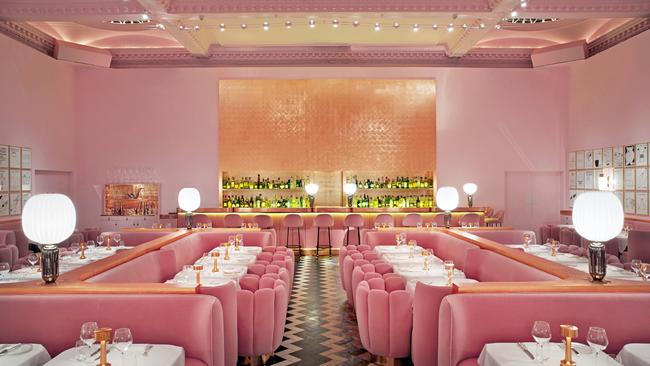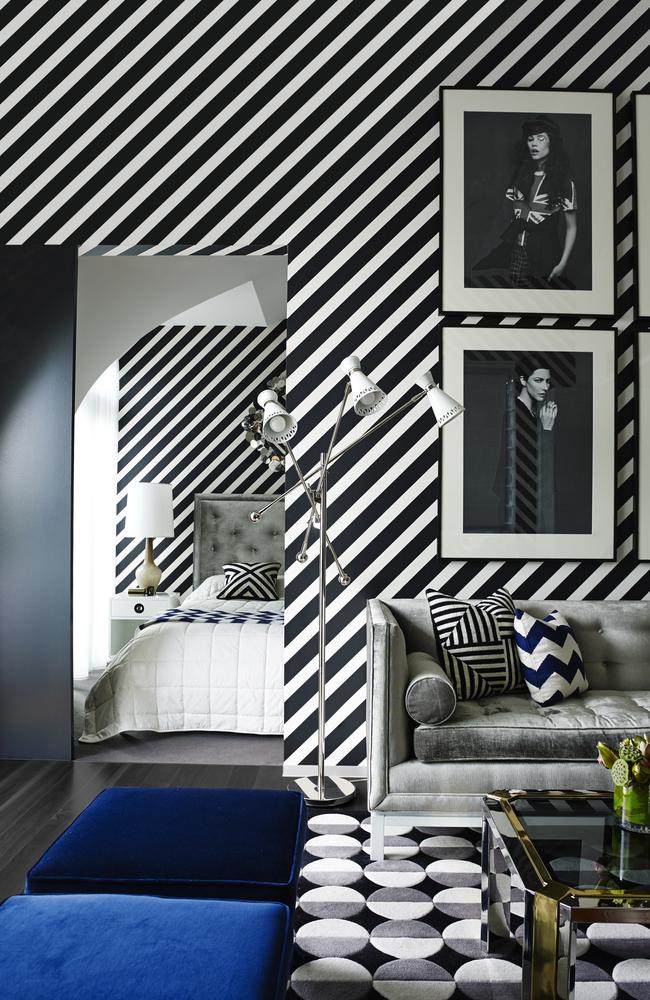Neale Whitaker’s guide to Art Deco
Think of almost any trend you’re enjoying now — from geometric tiles to gelato colours — and chances are it owes a stylistic debt to the period between 1925 and 1940, writes Neale Whitaker.

Stellar
Don't miss out on the headlines from Stellar. Followed categories will be added to My News.
Which era do you think continues to dominate current design trends? Answering “the 1970s” wins you five out of 10 (I’ll explain why later), but answering “Art Deco” takes you to the top of the class.
Think of almost any trend you’re enjoying now — from geometric tiles to gelato colours — and chances are it owes a stylistic debt to the period between 1925 and 1940.
On the Nine Network’s new series of The Block, contestants are getting to grips with an Art Deco building in Port Melbourne.
Built in the 1920s as the HQ of the Symex soap factory, it’s a sleeping beauty that’s been empty for decades.
Hidden beneath years of rubble and graffiti are period gems like wood panelling, original doors and terrazzo floors.
They’re the details the show’s five couples will need to restore as their luxury apartments take shape. If I were a contestant (and not just an interfering judge), I’d be pretty excited. Art Deco is definitely, as they say, on fleek.
So what’s it all about? Bold and glamorous, Art Deco design was a reaction to the austerity of World War I.

Coinciding with the arrival of another symbol of early 20th-century progress, the skyscraper, Deco architecture and interiors celebrated the modern era through geometric shapes, chevrons, zigzags and sunbursts, as well as materials such as chrome, brass, mirror and marble. Monochrome ruled, as did many of the chalky pastels now popular in contemporary design — think blush pinks, and pale greys and greens.
Australian interior designer Greg Natale is a fan. “To me Art Deco is classic elegance with a modern edge,” he says. “It’s been a big influence on my own work through the use of black and white, metallics and geometrics.”
American design maestro Jonathan Adler agrees: “Deco delivers a dose of hedonistic glamour without the hangover. It’s glossy and luxe and sparkly and decadent. Ultra-luxury mixed with ultra-refinement. It hits all the right notes.”
And this year’s Milan Design Week was a feast for Deco fans, from spherical pendant lights (the best were from Brits Lee Broom and Michael Anastassiades) to glass screens and sconces, and sleek, linear furniture.
And why did I mention the 1970s? That much-maligned decade was also in love with Art Deco, so ’70s style often has echoes of the era.
But no, Blockheads, that doesn’t mean you can swap Deco for disco.
Originally published as Neale Whitaker’s guide to Art Deco


